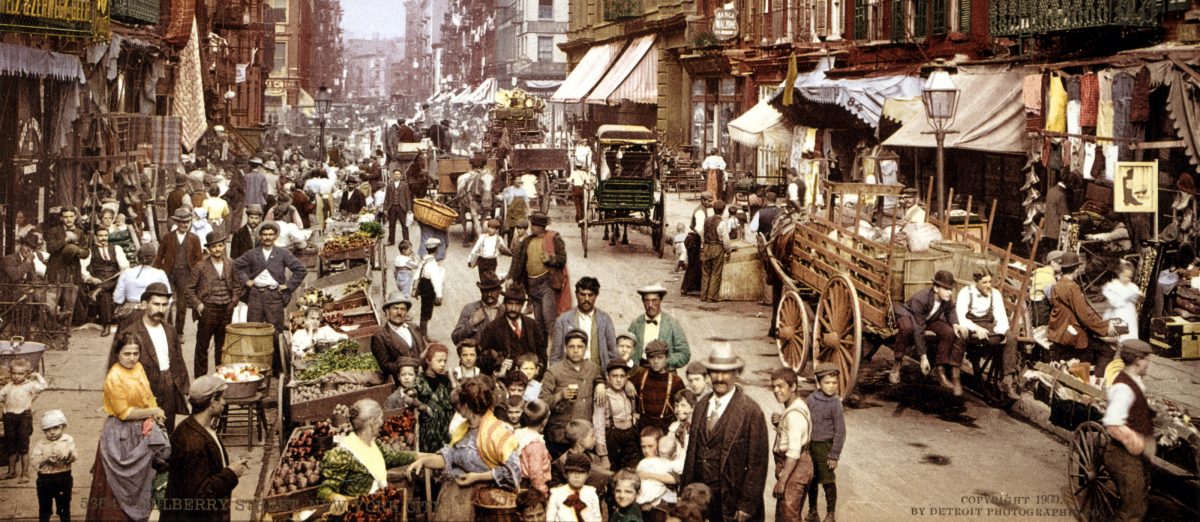There is no question that New York City is not viable as we know it without its mass transit system, so the snowballing problems of the Metropolitan Transportation Authority should be of concern to everyone who lives or works in the city, whether or not they are regular users of the system.
Increased funding for NYC Transit (the subsidiary of the MTA that operates the subways and buses within NYC) may not be a sufficient step for improving the system but it is certainly a necessary one. Finding additional funding in an already heavily taxed city will not be easy, however, and already the Governor and Mayor are at war over whose responsibility it is. In addition to each arguing that the other already has money in their budget that can be used to help, Mayor de Blasio has proposed an income tax surcharge on tax filers earning in excess of $500,000, while Governor Cuomo is considering some version of the congestion pricing system originally proposed by Mayor Bloomberg.
When Bloomberg made his push for congestion pricing in 2007, I was working as the Chief Economist for New York City Comptroller William C. Thompson. The Comptroller is an independently elected citywide official who frequently serves as the chief antagonist of the Mayor, and at that time Bloomberg was maneuvering to have the city’s term limits waived so he could run for a third term. Thompson, who was planning to run for Mayor in 2009 all along and now faced the prospect of opposing Bloomberg, was casting about for an alternative to Bloomberg’s proposal. As it happened, I already had drawn up an alternative as a think piece and Thompson was intrigued. He eventually adopted it as the position of the Comptroller and as a plank in his 2009 and 2013 Mayoral campaigns.
Before describing my proposal I should note that residents of New York’s “outer boroughs” have a deep-seated suspicion of schemes to restrict access to Midtown Manhattan, whether they be in the form of tolls on the East River bridges or the more high-tech congestion pricing plan Bloomberg sought. I share their suspicion. There is, of course, a distributional effect, as a congestion pricing regime would disproportionately charge residents of the outer boroughs in order to improve a subway system that disproportionately serves Manhattan residents. But I think outer borough residents have a more visceral objection as well. Many of them work in Manhattan, study in Manhattan, play in Manhattan, and have family roots in Manhattan. They see Manhattan as the city’s commons, not as a separate borough to which its increasingly wealthy residents should have privileged access. It’s that possessiveness that all New York residents feel toward Manhattan that underlies their hostility to bridge tolls and congestion pricing. It was ultimately outer borough opposition that sunk Bloomberg’s congestion pricing proposal, and that Thompson was seeking to appease.
The proposal I devised for Thompson would impose a registration tax on motor vehicles registered in the five boroughs according to the curb weight of the vehicle. Thompson modified the proposal only by expanding it to all 12 counties of New York’s metropolitan commuter transportation district. Passenger vehicle registration fees in New York State average only about $20 per year and neither the State nor City imposes a personal property tax on vehicles as many states do. As proposed, a vehicle weighing up to 2,300 pounds (think Toyota Yaris) would pay an annual registration fee of $100, and the fee would increase by $.09 per pound above that weight, bringing the annual registration fee for, say, a Lincoln Navigator SUV to about $430. The registration tax could generate about $350 million annually just from the 2 million automobiles and trucks registered in the city. The revenue generated could be adjusted, of course, by adjusting the weight formula. More precise estimates of the revenue could be made beforehand using data on the makes and models of vehicles registered, which we did not have access to at the time.
